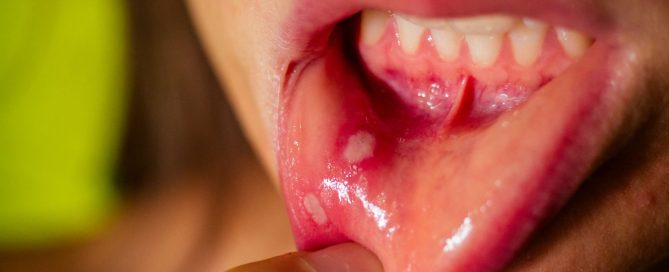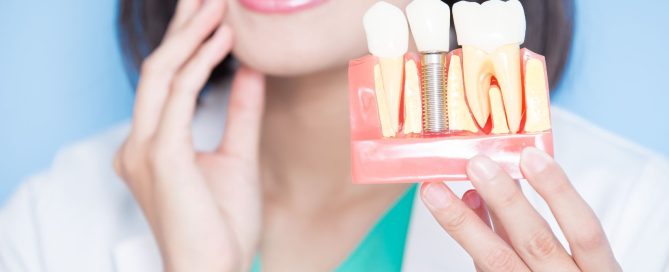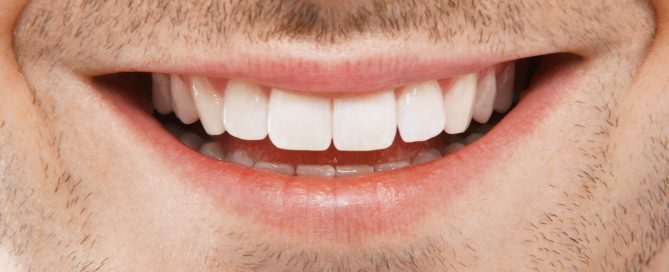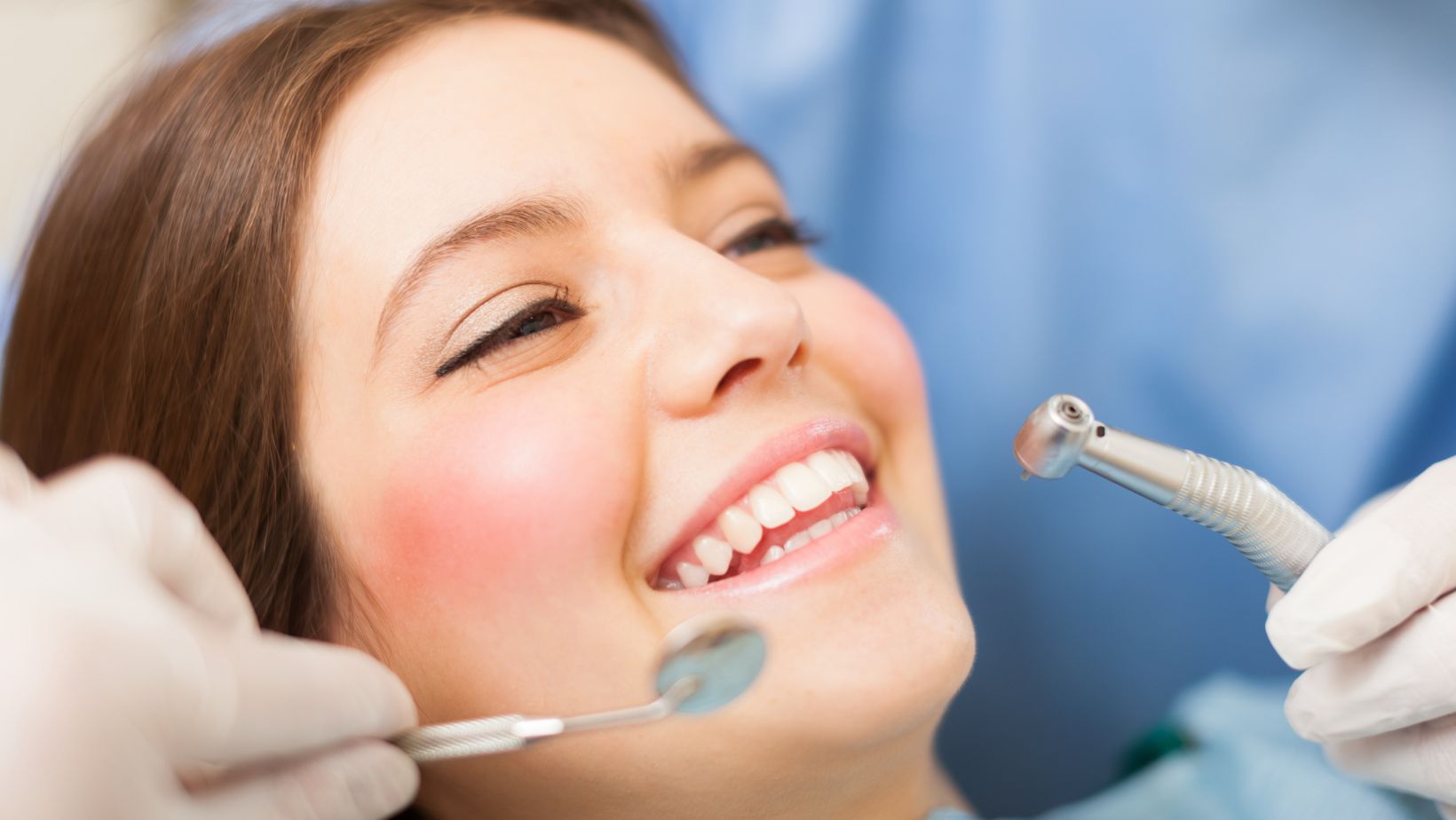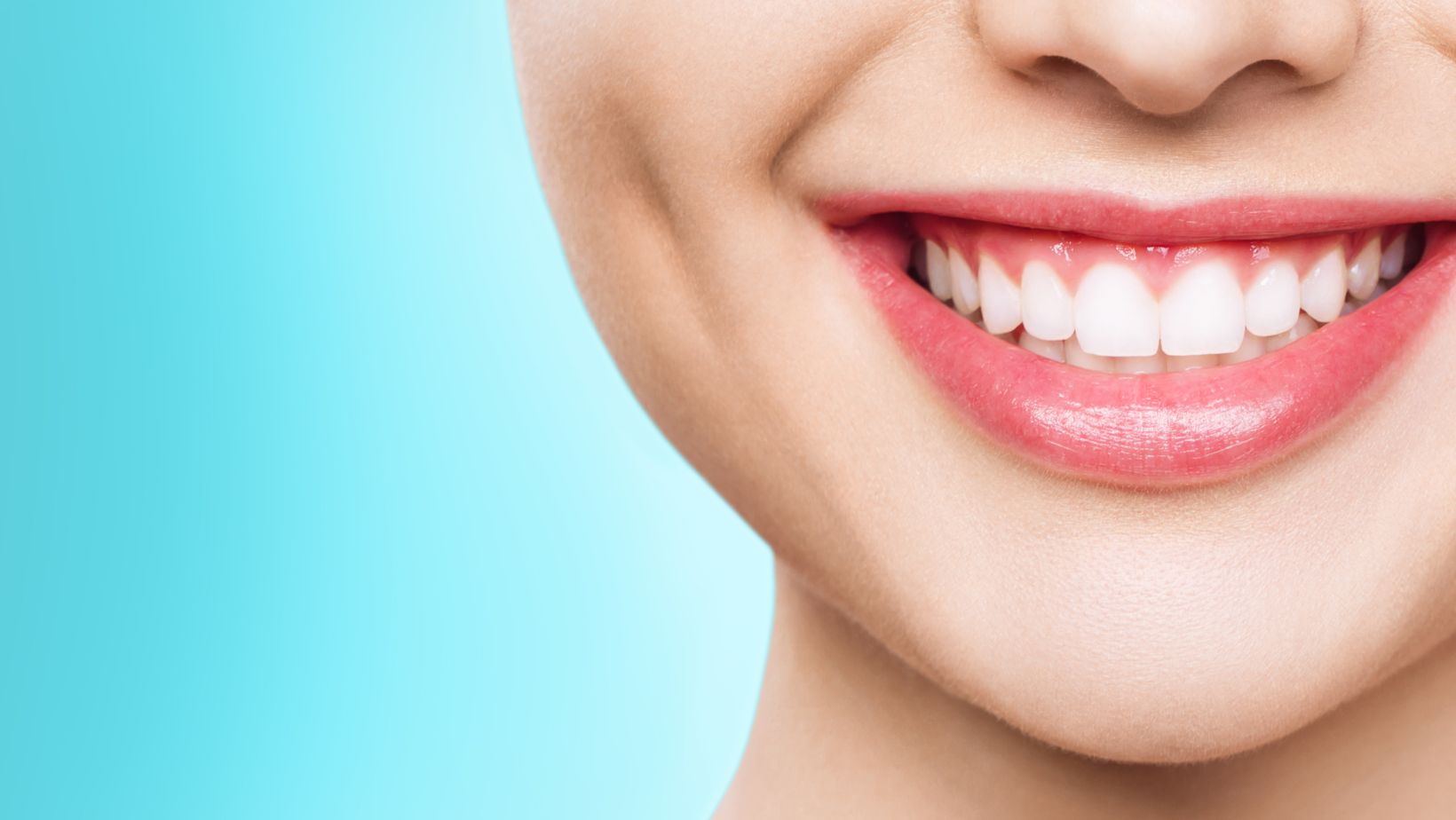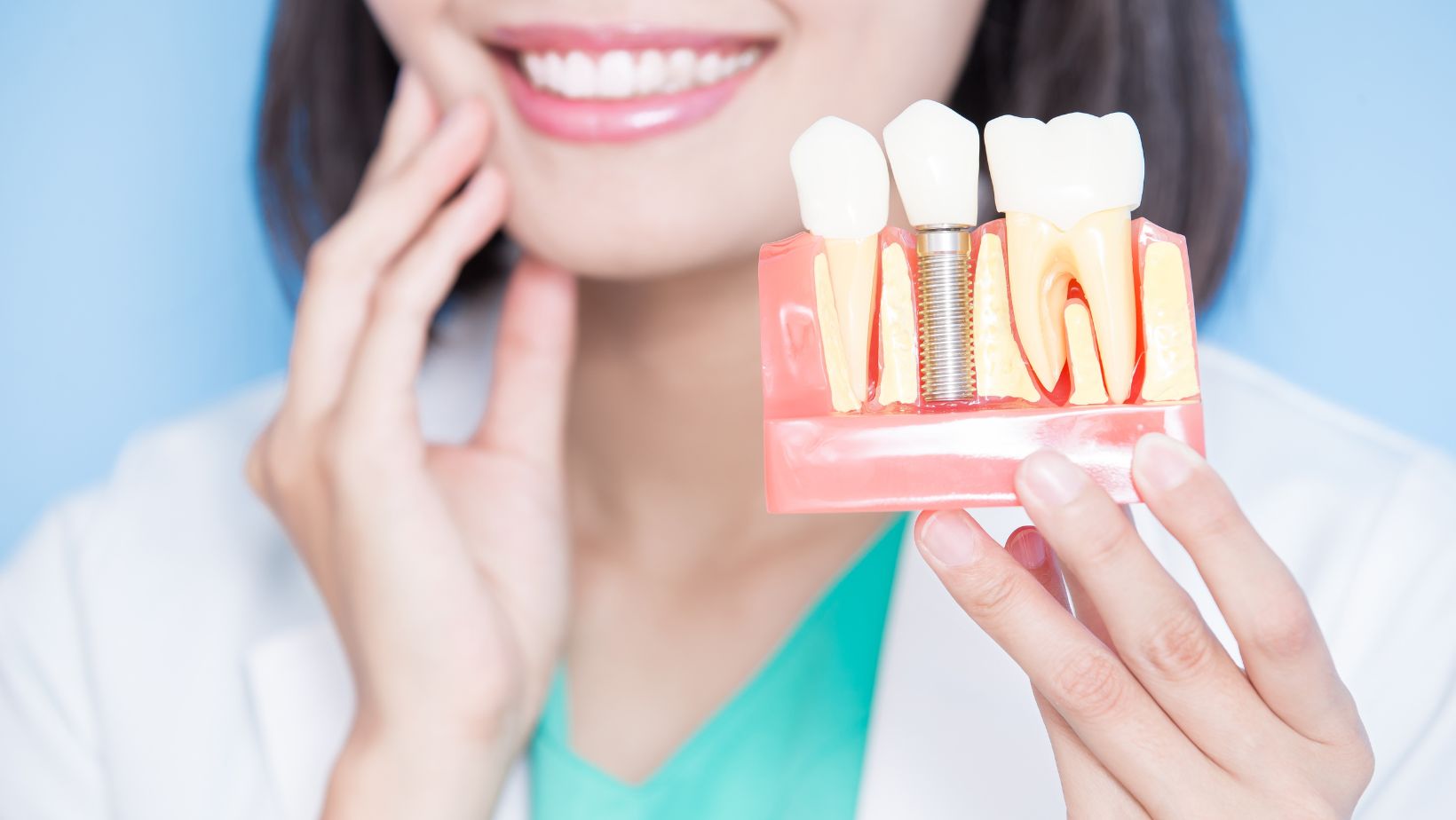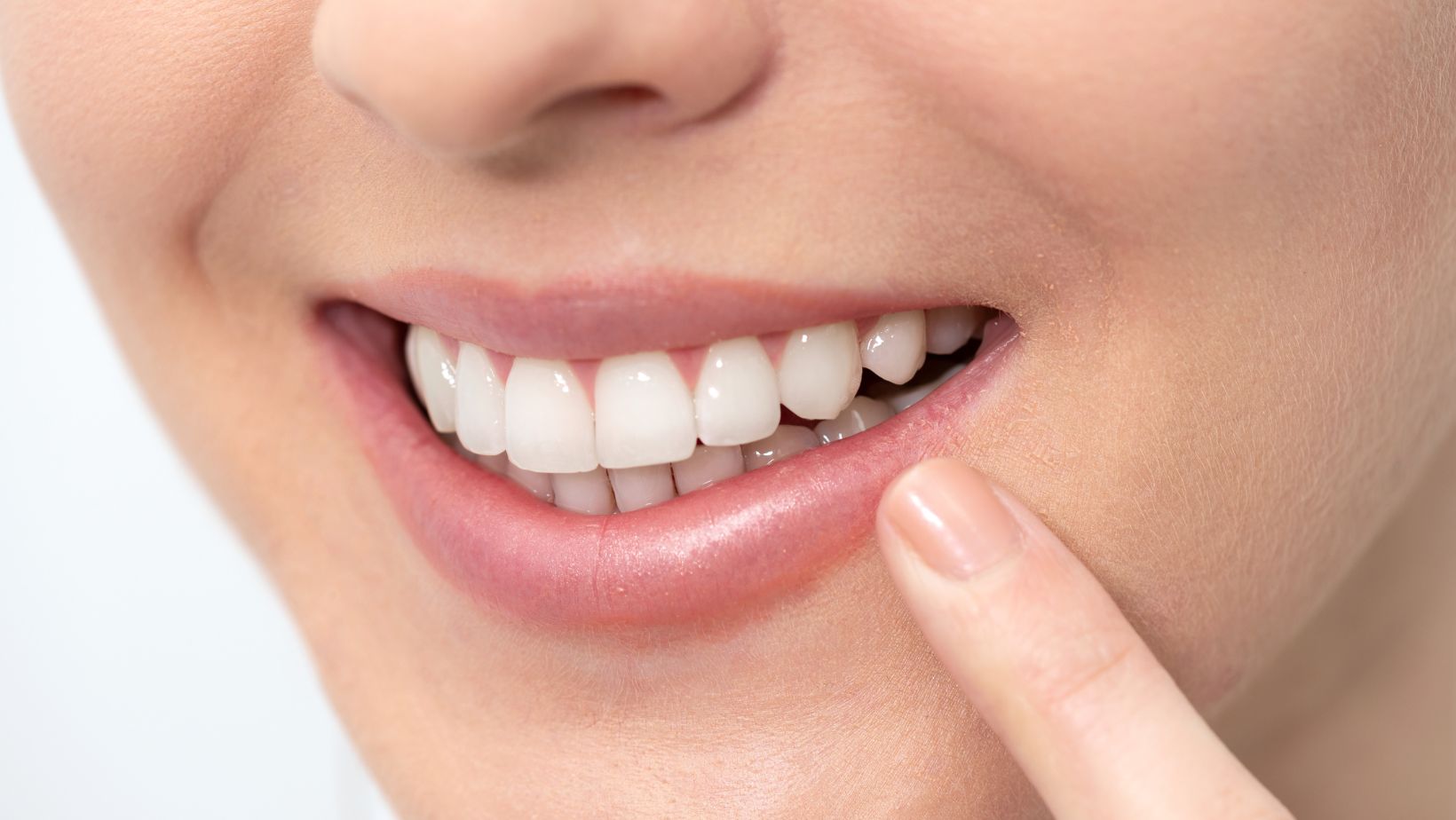Veneers
What is a veneer?
A veneer is a thin layer of porcelain made to fit over the front surface of a tooth, like a false fingernail fits over a nail. Sometimes a natural-colour ‘composite’ material is used instead of porcelain.
When would I need a veneer?
Veneers can improve the colour, shape and position of your teeth. A precise shade of porcelain can be chosen to give the right colour to improve a single discoloured tooth or to lighten your front teeth. A veneer can make a chipped tooth look whole again.
The porcelain covers the whole of the front of the tooth, with a thicker section replacing the broken part. Veneers can also be used to close small gaps, when orthodontics (braces) are not suitable. If one tooth is slightly out of position, a veneer can sometimes be fitted to bring it into line with the others.
What are the advantages of veneers?
Veneers make teeth look natural and healthy. Because they are very thin and are held in place by a special, strong adhesive, very little preparation of the tooth is needed. Some types of veneers don’t need any preparation at all.
How are teeth prepared for a veneer?
Some of the shiny, outer enamel surface of the tooth may be removed, to make sure that the veneer can be bonded permanently in place later. The amount of enamel removed is tiny and will be the same as the thickness of the veneer to be fitted, so that the tooth stays the same size.
A local anaesthetic (injection) may be used to make sure that there is no discomfort, but often this is not needed. Once the tooth has been prepared, the dental team will take an ‘impression’ (mould). This will be given to the dental technician, along with any other information needed to make the veneer.
The colour of the surrounding teeth is matched on a shade guide to make sure that the veneer will look entirely natural.
How long will it take?
A veneer takes at least two visits. The first is to prepare the tooth and match the shade, and the second is to fit it. Before bonding it in place, your dentist will show you the veneer on your tooth to make sure you are happy with it. Bonding a veneer in place is done with a special adhesive, which holds it firmly on the tooth.
Will I need a temporary veneer between visits?
Because the preparation of the tooth is so slight you will probably not need a temporary veneer. The tooth will look very much the same after […]



